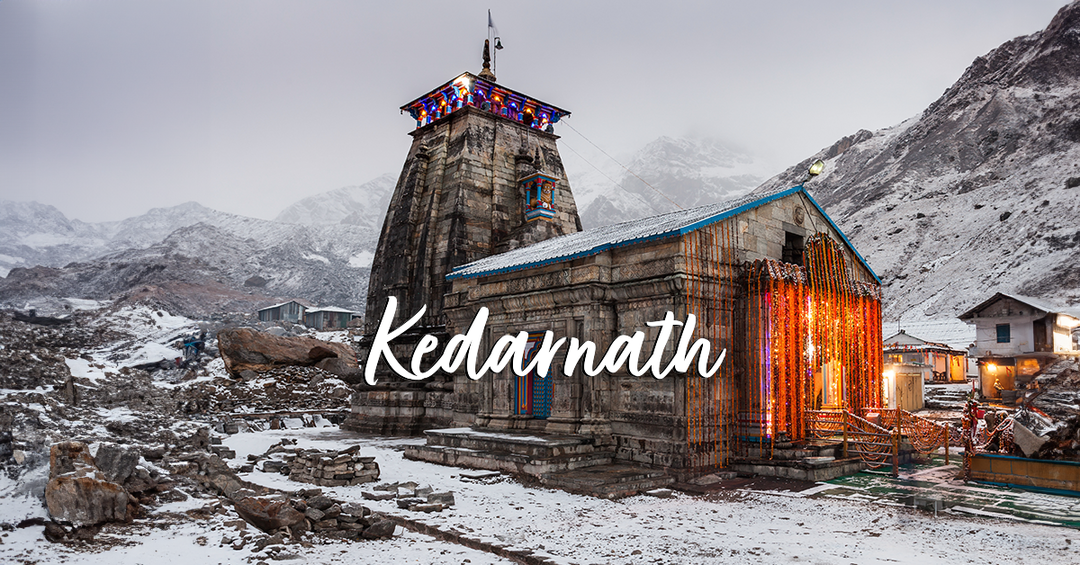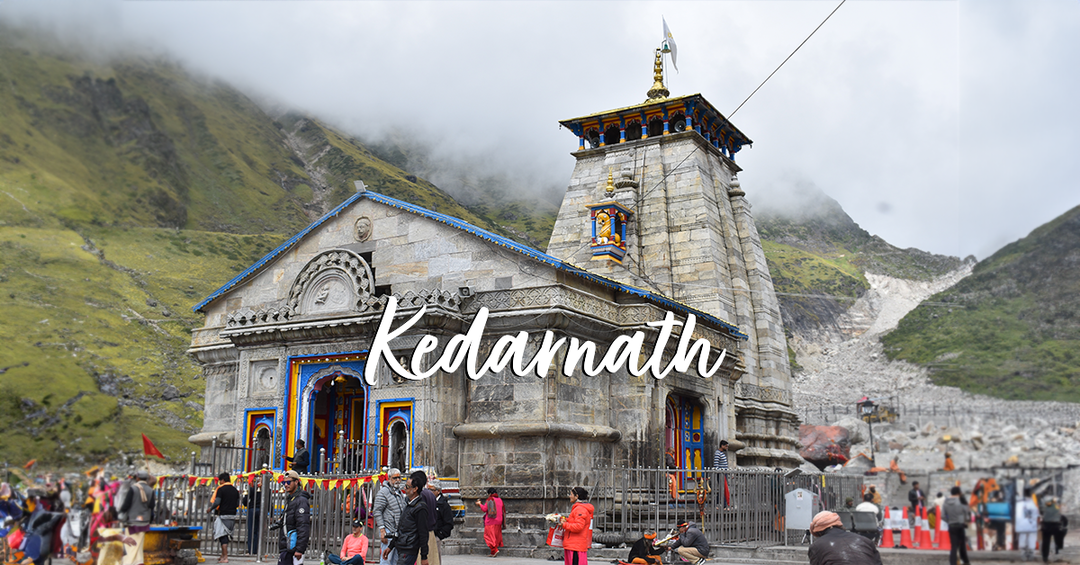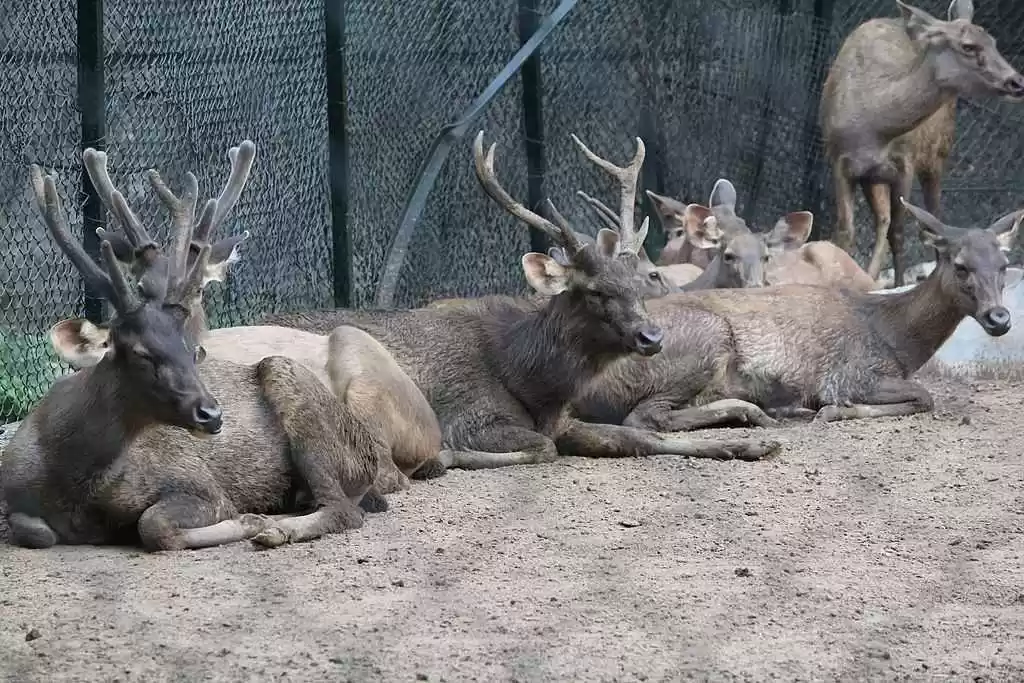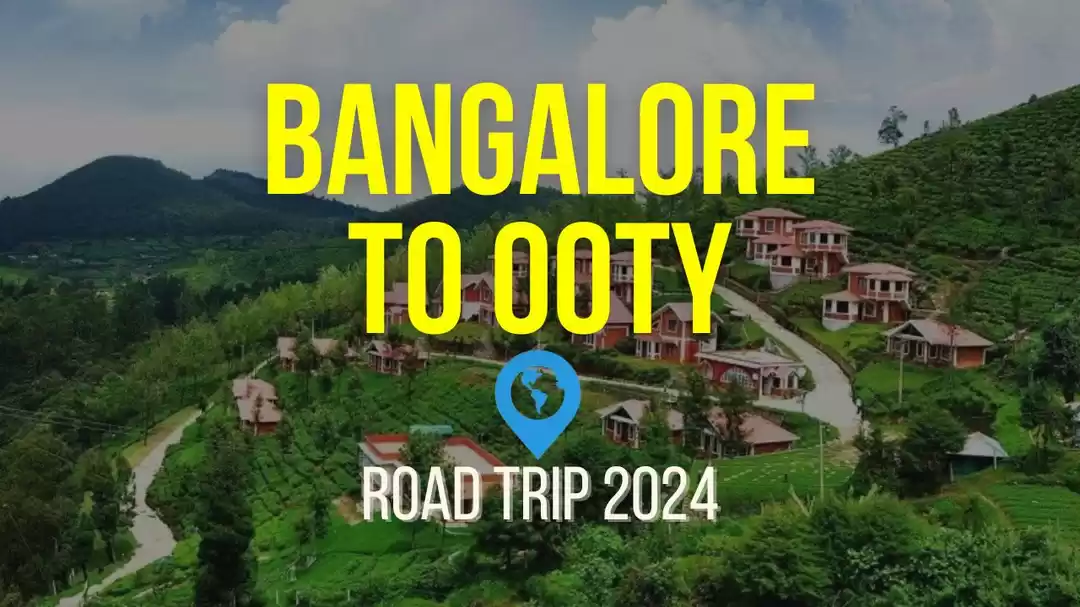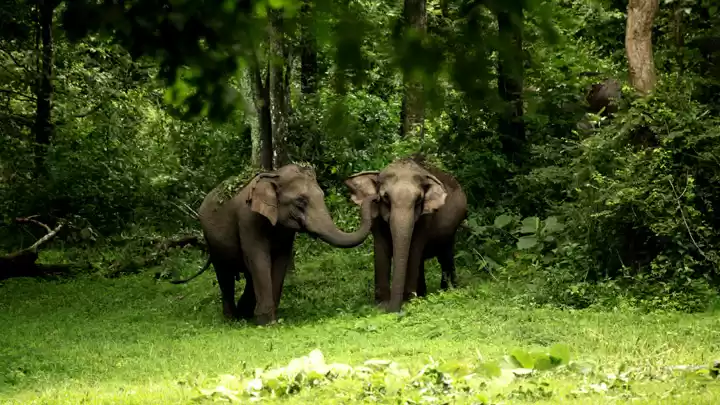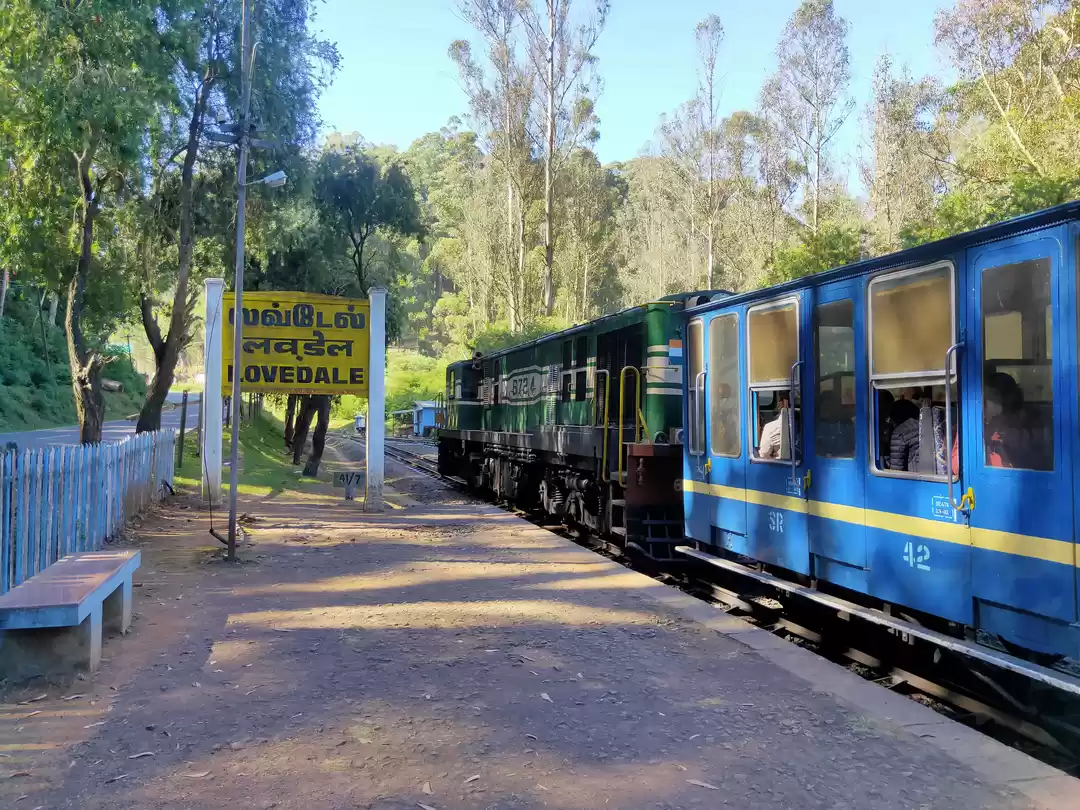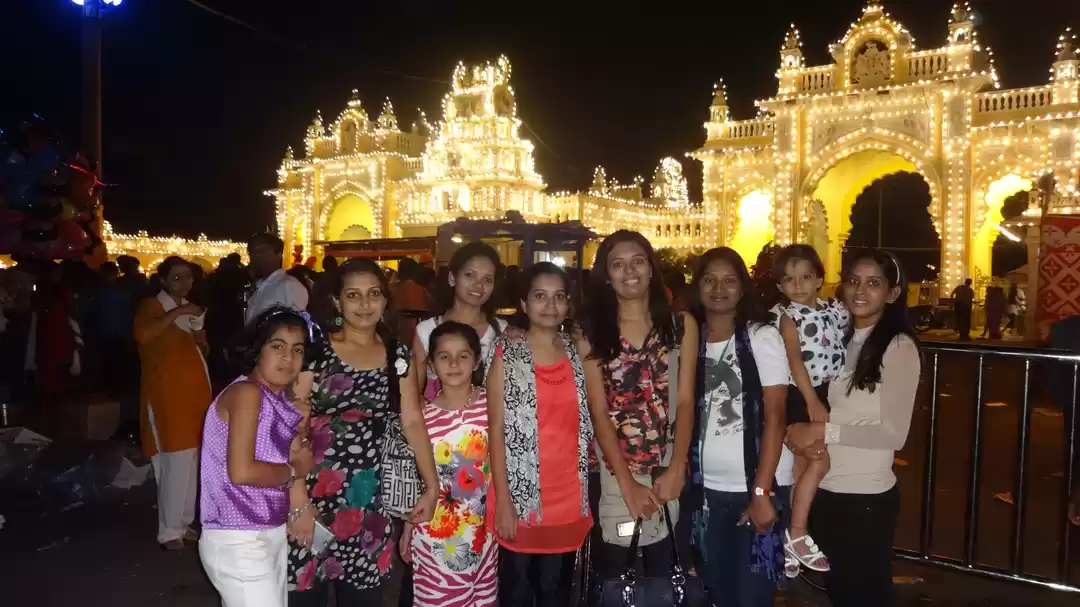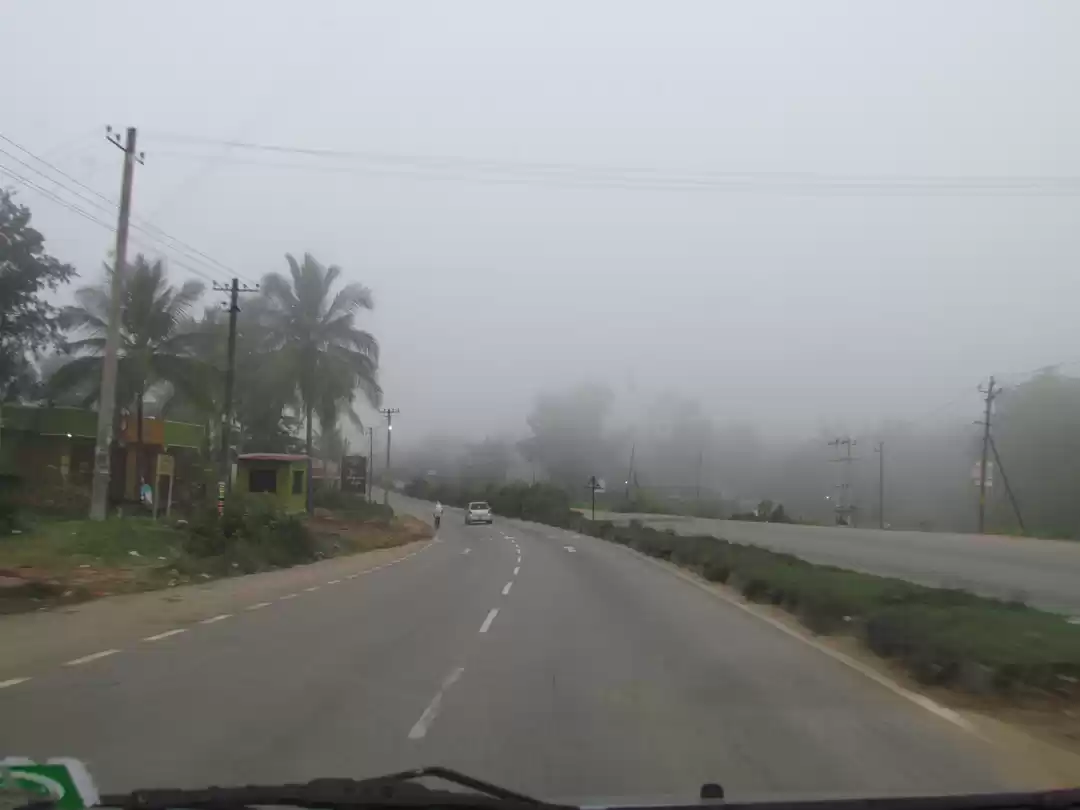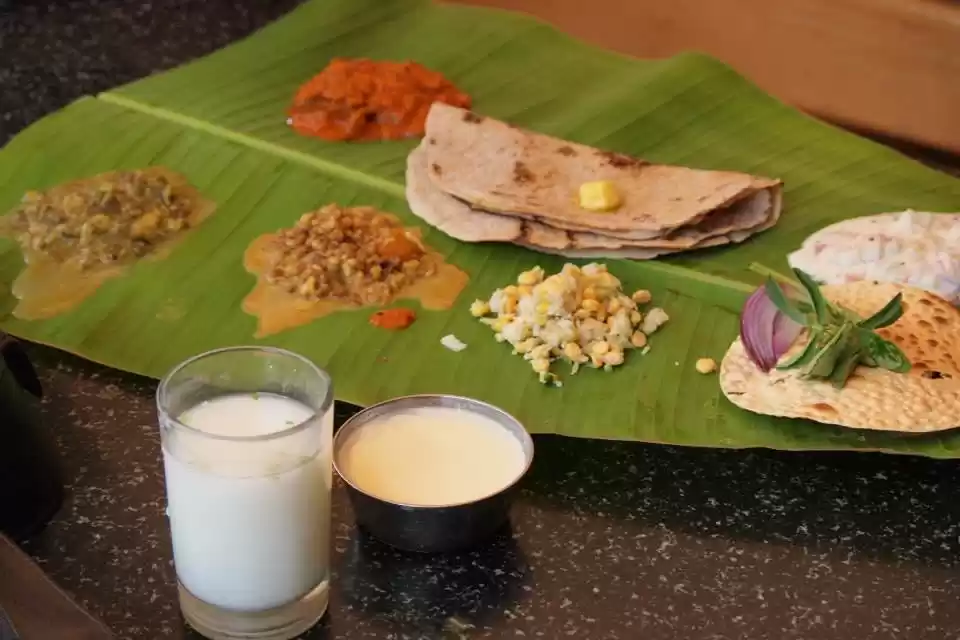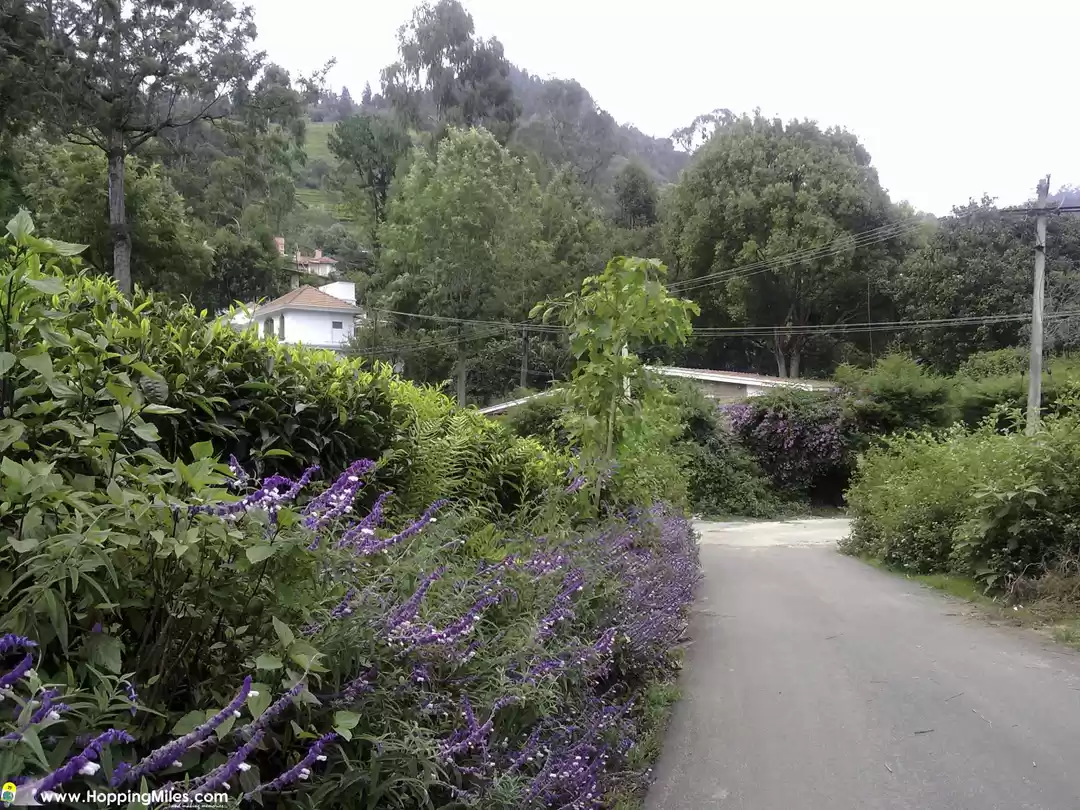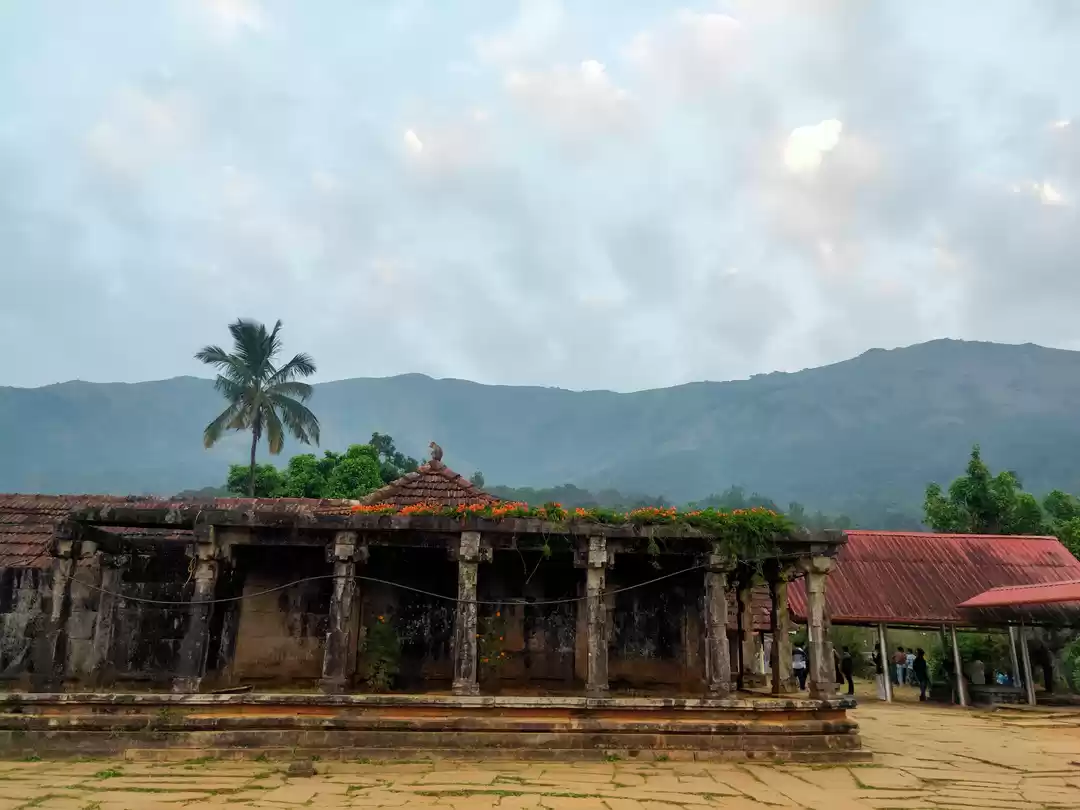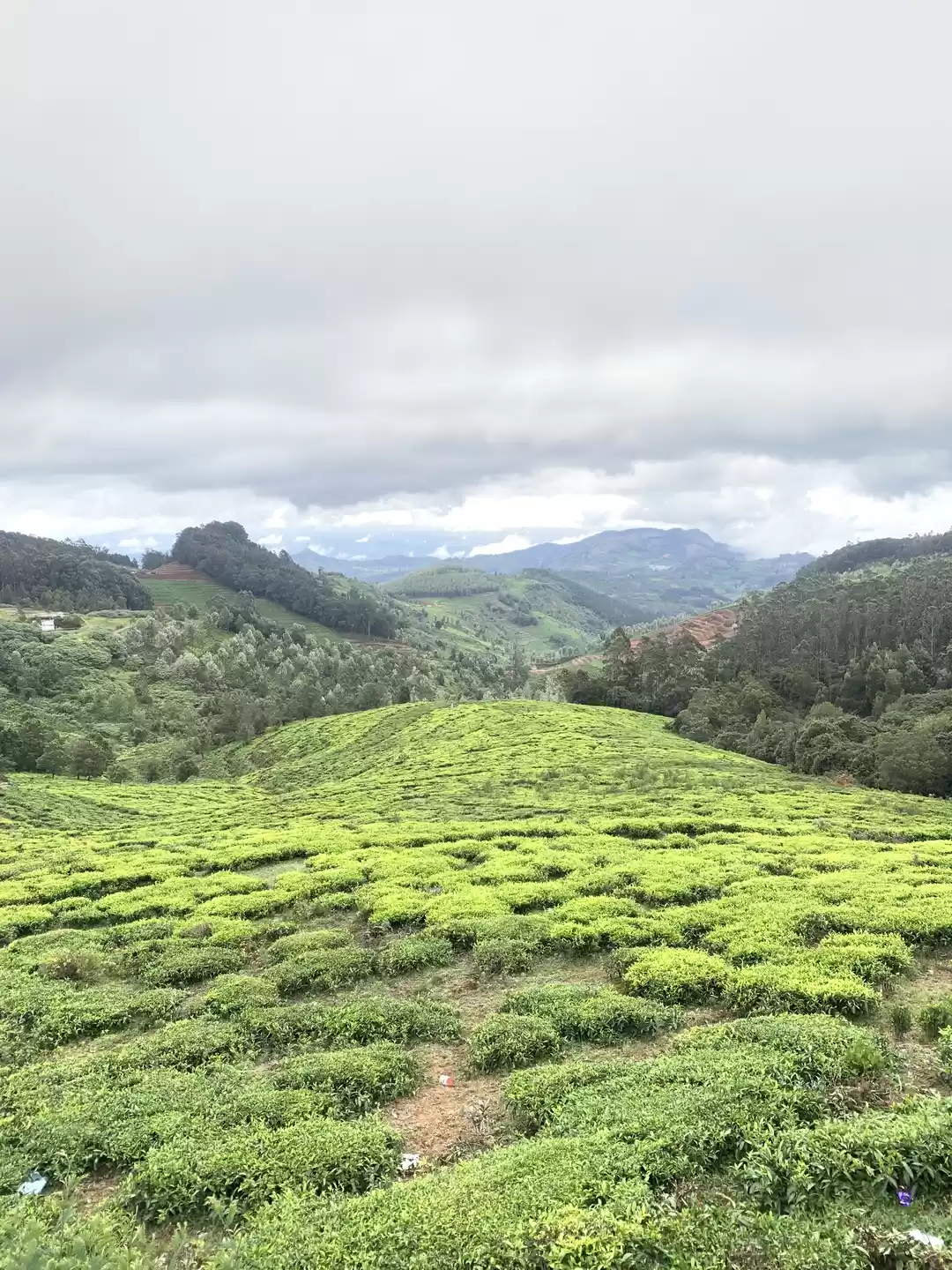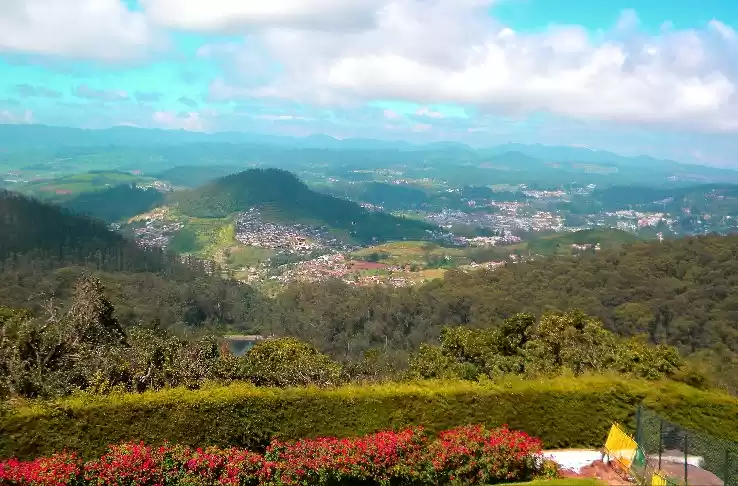
Till date most of our bird watching ventures have been concentrated near the grand Himalayas. We have explored the blessed Kumaoni hills and forests... wetlands of Uttar Pradesh.... the sulkers and beauties from Eastern Himalayas.. Sikkim, Nagaland & Assam. Certain spots like Lava (Darjeeling district, West Bengal), Nameri (Eastern Assam), Sattal & Pangot (Uttarakhand) have been especially bountiful in terms of bird sightings. India is home to 1200+ species, some endemic and some migratory. Whereas, the Himalayas boast of being home to large majority of the former, given the sheer size, diversity and vivacity of its peerless ecosystem, there is much more when it comes to birds of the Indian sub-continent.
The dry lands from the west, comprising of Rajasthan, Gujarat and the central states nurture a very different kind of ecosystem, with distinct avian species, like the Courser, Indian bustard, quails and francolins, etc. Further south, the semi-dry forests of the Deccan and the evergreen forests of the Western Ghats are home to certain unique species, and some variants of the Himalayan species, e.g. Malabar whistling thrush, Nilgiri thrush, Malabar lark, etc. Just like Pangot - Sattal from the Nainital range are on the hottest birding area in North India, the Deccan peninsula boasts of Ganeshgudi - Dandeli and the iconic hide of Old Magazine house (draw similarities to Christian Ashram, Sattal).
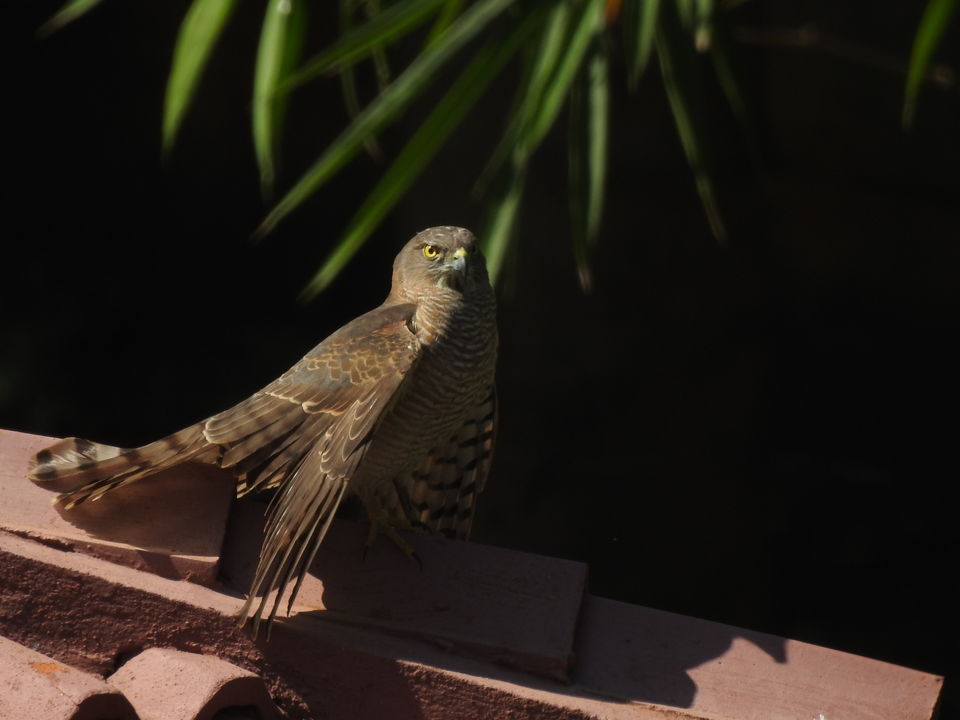
Having moved to Bangalore in the last quarter of the cursed year, we now had our chance to get ourselves acquainted with new avian neighbours. The very first week brought us nice glimpses of the Besra or the Japanese sparrow hawk, right in front our flat balcony, very much in urban locality. A leisurely weekend visit to Nandi hills revealed sights of the Blue Rock thrush, a species I had photographed in distant Mumukhola, a remote village hamlet high up in the Singalila National Park! A visit to the hills near Chikmagalur gave me record shots of few lifers like Malabar grey hornbill, Racquet tailed drongo, Banded bay cuckoo, etc. In the northern forests, the day's transitions are marked by the relentless calls of the Great Indian barbet, from tall tree tops. In the southern forests, the same role is adequately carried out by the beautiful white-cheeked barbets.
As the world gets accustomed to Covid and days ahead look better in 2021, we planned our first trip of the year to Masinagudi in Tamil Nadu. The Masinagudi range is part of the mainstream Mudumalai Tiger Reserve in Tamil Nadu. And, this forms part of an extended and interlinked forest area, comprising of Bandipur Tiger Reserve (Karnataka), Nagarhole Tiger Reserve and of course, Mudumalai. The habitats are mostly semi-dry, semi-evergreen type, with many ranges lying at the foothills of the Western Ghats. This complete geography provide a large area for animals like tigers and elephants, where they can be free in movement and drives along roads through these forests (Bangalore to Wayanad, Mysore to Ooty, etc.) often involve encounters with tusked pachyderms!!
Masinagudi turned out to be so much like Corbett. There are many resemblances. The Ooty hills or the Nilgiri hills form the backdrop of Masinagudi just like the Nainital hills for Corbett. Both are rich bid-diverse areas with healthy population of tigers and provide great habitats for flourishing avian diversity. And both are amazingly beautiful!! Miles and miles of great roads, albeit single lane.... minimal traffic... gently piercing the forest land... stretches of open grasslands..... dense bamboo forests and woods of sal, sandal, etc. Apparently, the whole place is a playing ground for elephants, and sightings/ encounters are a daily affair. Outsiders are not allowed to stop or de-board while driving through these forests. Frequently patrolling forest jeeps keep vigil and control. There are numerous options to enjoy the forest drives - 11 km drive to Moyar Dam, drive down Singara road, drive towards Thepakadu and beyond, or towards Ooty. All these drives originate from the humble settlement of Masinagudi and a few steps down any shoot-off road leads one into the embrace of Mudumalai.
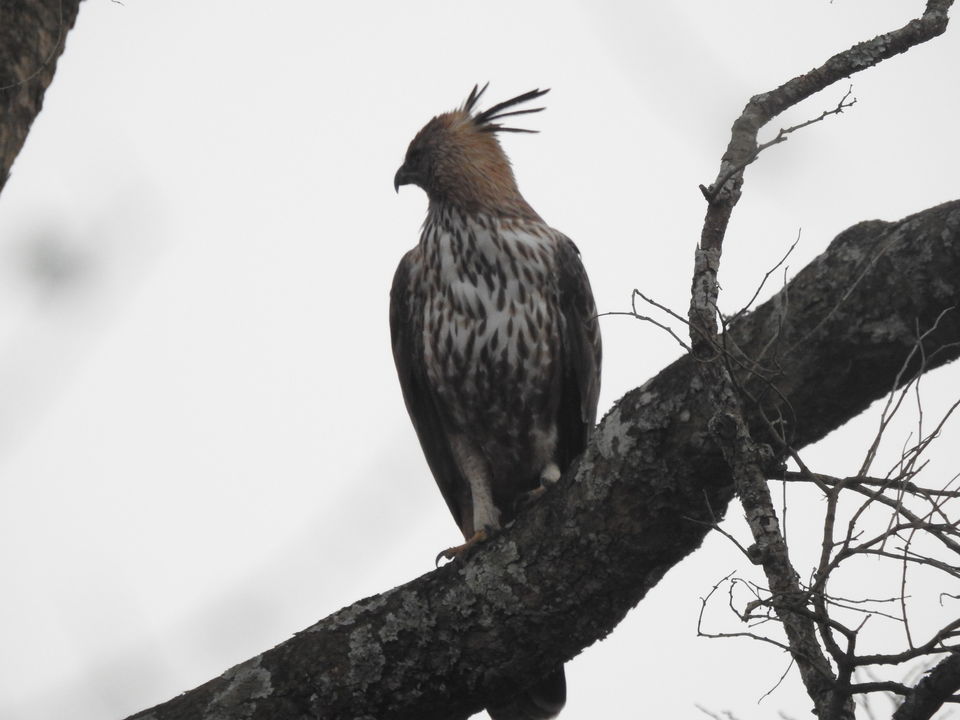
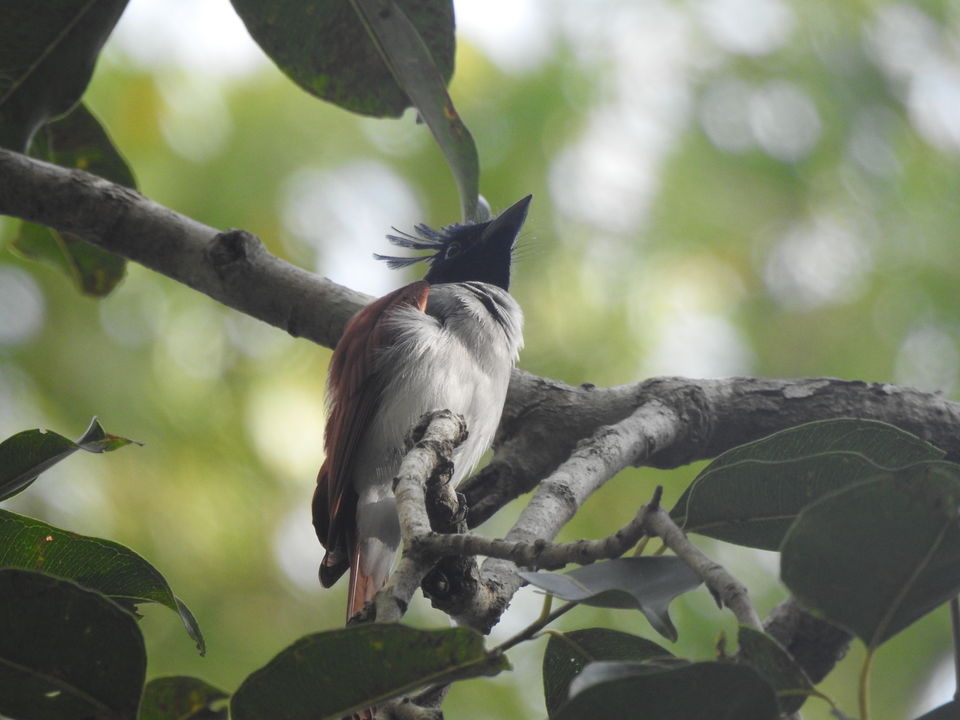
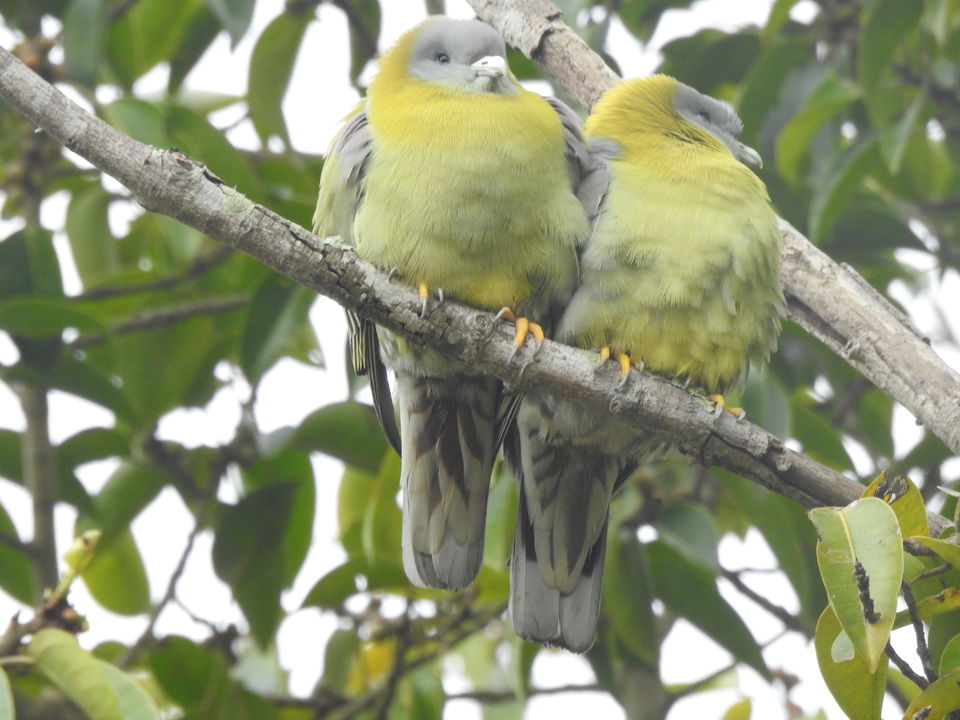
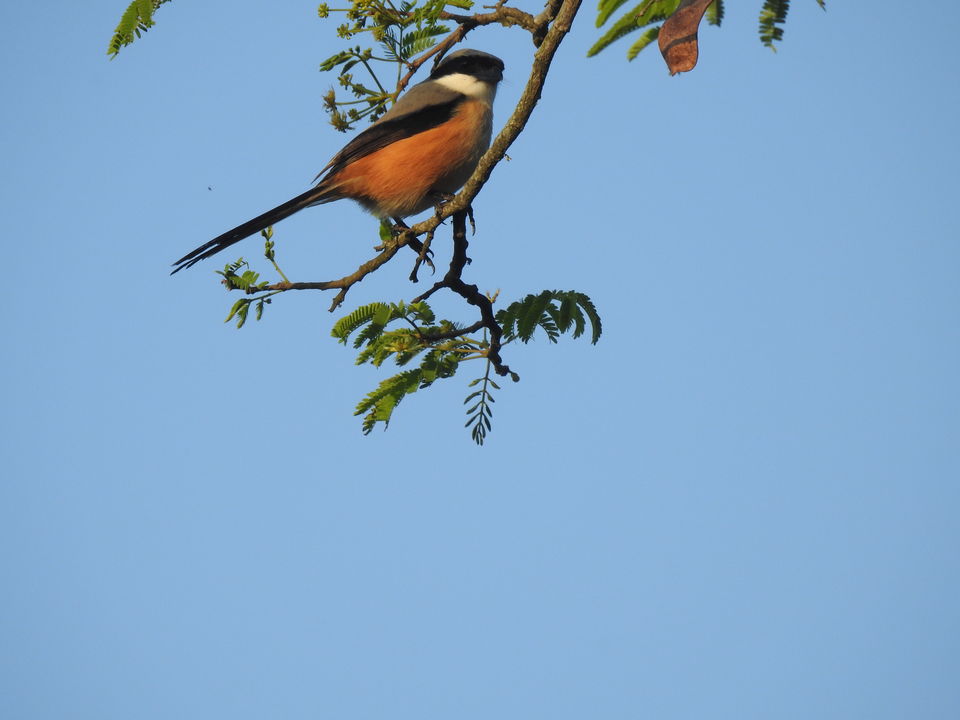
Alongwith our guides, Kuruvi Siddhan & Rajkumar, we explored multiple spots including the dump yard, Moyar Dam road, Singara road and strolled inside a few expansive private properties, boasting beautiful woods and stretches of dense riparian vegetation. Whereas the dump yard provided good opportunities to observe the raptors, the riparian forests blessed us with views of the Asian paradise flycatcher, one that had been on my wish list for very long. Woodpeckers were aplenty and so were the Brahminy starlings. A few lucky moments helped us spot the Blue-faced Malkoha, Emerald dove, Pale billed flowerpecker, White-naped woodpecker, White-bellied drongo, etc. The bird which gave us the maximum attention and emerged as my favorite was the Changeable Hawk Eagle - crested..... quite a royal and exotic creature! It was interesting to know how the hawk eagle, and many other raptors, display wide variation in plumage coloration, both as colored morphs as well as juvenile variants.
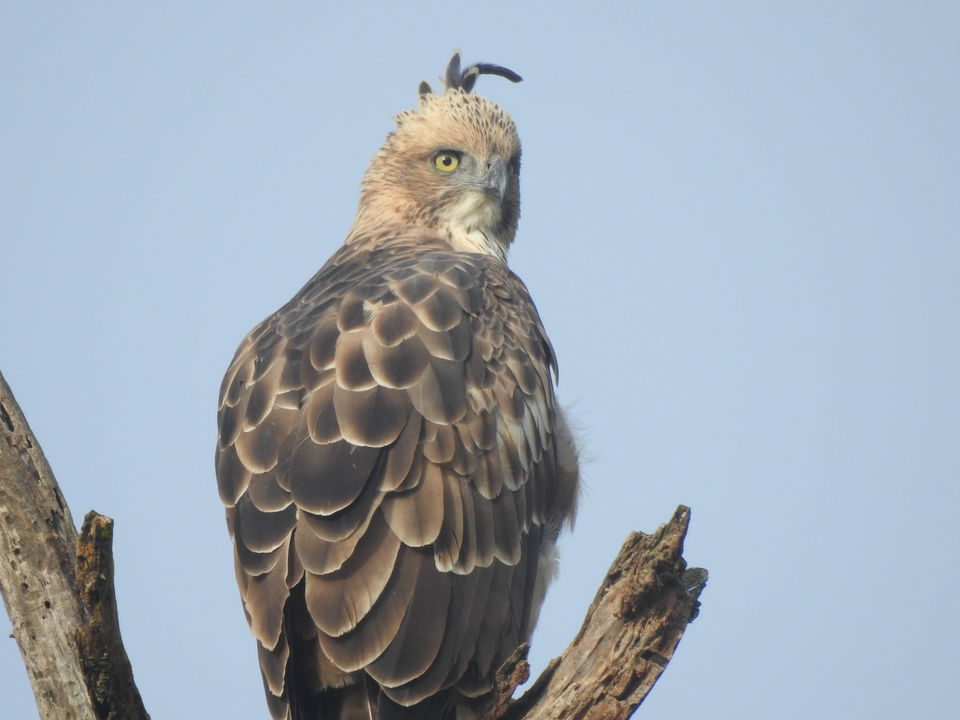
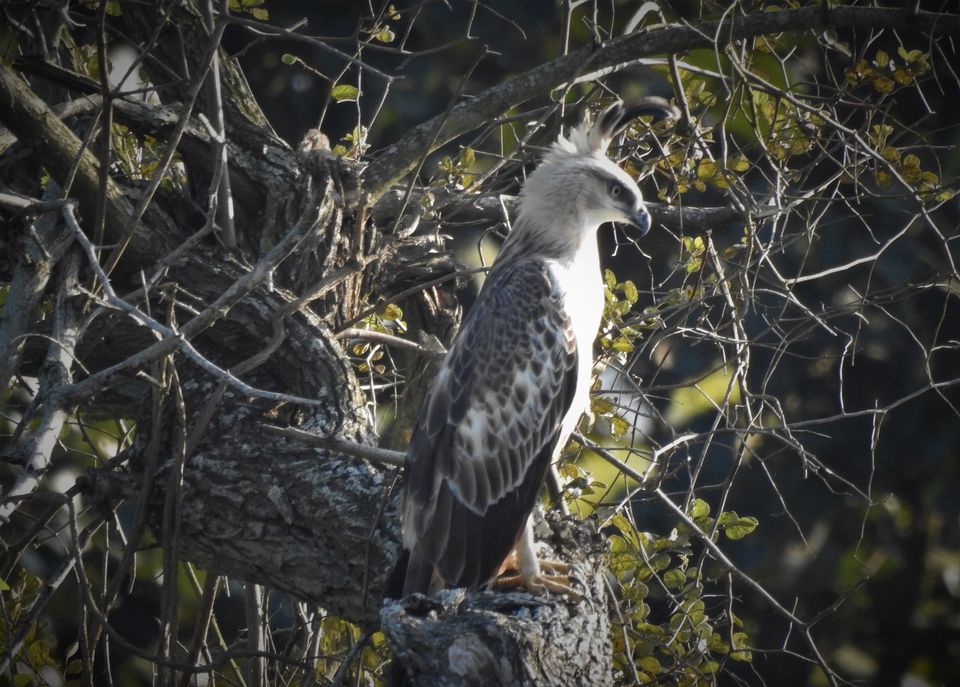
Evening & post-sunset drives through those roads was fun and enthralling. Whereas, the pachyderms gave us a miss, we did spot an India black bear, right off the road, trying to shake berries off some shrub. The intermittent Palash trees added much-needed color to the otherwise winter-dry semi-moribund landscape, with its flame red bloom. The evenings were rather dull, as every soul in Masinagudi crawled back into their respective abodes early, leaving the streets and the town for the leopards and elephants to revel. The only people out would be the ones on night safari or late travelers rushing home ......as always the presence of the ubiquitous truly Indian iconic off- roader Mahindra Thar was wonderful!

We stayed hardly greater than 48 hours, yet were pretty impressed by Masinagudi's abundance and sobriety (weekends are pretty crazy and crowded, though). Servings of Chettinad chicken and vegetarion dishes, flavoured amply by the curry leaves, kept me well fed and happy. So much remains to be explored: the great Indian hornbill, the bush quails, racquet tailed drongo, the trogon and forever, the Tiger!! There remains multiple reasons to head back to Masinagudi.... trying out the safari or the lure of spotting all four kinds of night jars. For now, my mind is set on Hampi, Ganeshgudi and Thekkady.... with the lovely desire to explore flora and fauna from the Deccan and the Western ghats.
Some info on our travel:
The route we took: Bangalore to Mysore via Mysore Road, thereafter towards Ooty via Nanjangud, Begur, Gundlupet, Bandipur. After exiting Bandipur, at Theppakadu, take left to reach Masinagudi. It took us 6.5 hours, with 2 stops worth 45 mins and we left Bangalore at around 4:30 am.
Where we stayed: The Nest Inn Resort, few metres from Ooty road, on Singara Road offshoot
Our guide: Kuruvi Siddana (9488253368), for Birding









